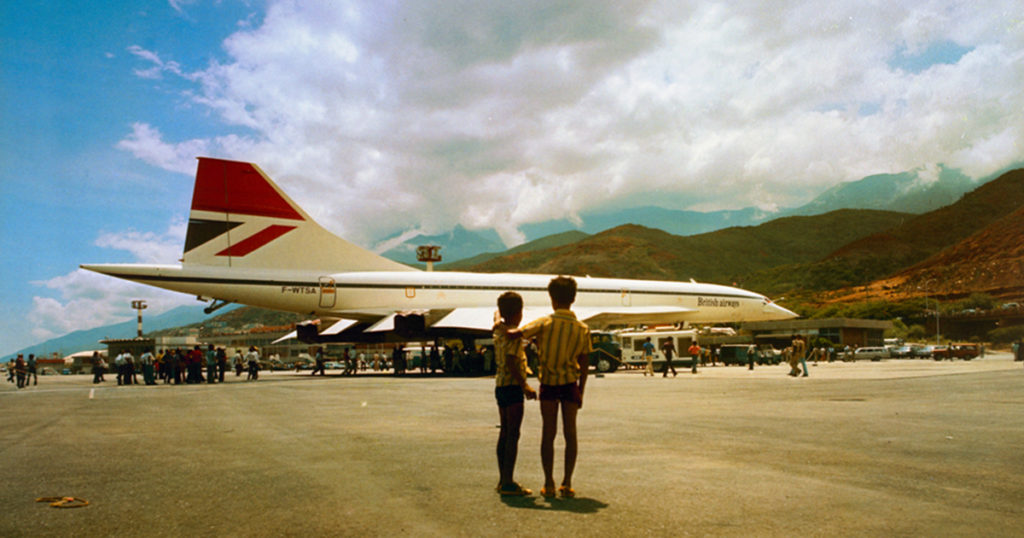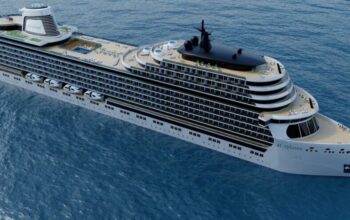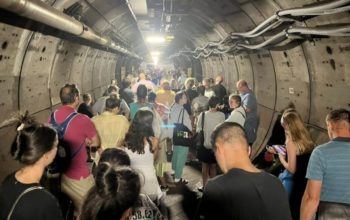Concorde supersonic flight speeds cut travel time between London and New York to less than four hours.
The following written content by Marea Donnelly

AMONG the destinations desperate for supersonic flight speeds, isolated Australia ranks among prime candidates.
But the sleek beak-nosed British-French Concorde jets that cut travel time between and London and New York to less than four hours only twice visited Australia.
Operational costs, refuelling stops reducing time gains, and haggling over London landing rights for Indian and Malaysian carriers, in return for supersonic flight approval over their territory, conspired to kill promises of a thrice-weekly London-Melbourne service. The Australian setback was among many to plague the once-promising concept, after the first Concorde prototype was unveiled 53 years ago in Toulouse, France, on December 11, 1967.
Still, the fact a Concorde ever lifted off the ground was a miracle, given it was effectively designed by a host of committees, and a treaty: French and British politicians and businessmen met regularly to direct the efforts of British and French engineers, and ensure production was equally shared between both nations.
Travelling faster than the speed of sound had captivated aeronautical engineers in the US, France and Britain after US Air Force Captain Charles “Chuck” Yeager made the first manned supersonic flight on October 14, 1947.
Britain led passenger jet travel in July 1949, when de Havilland revealed its first sleek Comet that hit speeds of 807km/h. But Comets were grounded for two years after two exploded over the Mediterranean in early 1954, killing all on board. When Comets were ready to fly again, US McDonnell Douglas DC-8s and Boeing 707s had an unbeatable lead.
The Royal Aircraft Establishment at Farnborough, 50km out of London, had concluded metal fatigue of Comet windows caused the explosions. RAE director Arnold Hall then asked aeronautical engineer and deputy director Morien Morgan, who had researched supersonic civilian aircraft feasibility since 1948, to form a committee to study a supersonic aircraft. Read more from The Daily Telegraph.
Read similar news stories from News Without Politics
Subscribe to News Without Politics





